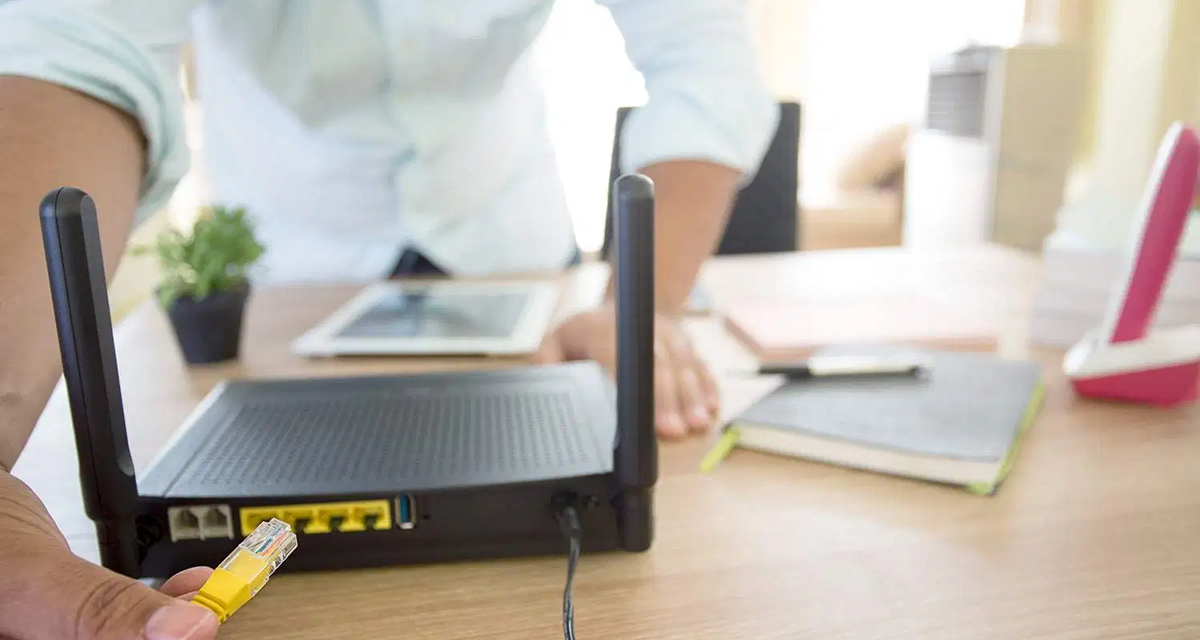The question I get asked the most regarding Wireless Networking is: “How far will it go?” The answer? It depends.
There are many variables that affect how far wireless will actually go. If an “expert” quickly gives you a fixed number — such as 1500 feet — run away.
SIGNAL QUALITY IS EVERYTHING
The first thing to remember about wireless is that transmit power and distance aren’t everything. It’s all about signal quality — a.k.a. Signal-to-Noise Ratio (SNR). I’ve fixed more wireless issues by simply turning down the power, which is counter-intuitive to what you’d think. More power isn’t always the best solution.ASK THESE QUESTIONS
When conceptualizing the design of a wireless network — whether it’s Wi-Fi, Bluetooth, ZigBee, 900MHz, etc. — you first need to do a little planning, especially in the industrial space. Prior to putting up Access Points (APs) and Client Radios, ask yourself these three questions:- Does my application require high speed/data rate, such as streaming multiple HD cameras at high frame rates?
- Is my application low speed/low data rate, such as sensors or I/O only polling once a minute or once an hour?
- How many nodes/hosts will be part of this wireless network, and what is their bandwidth requirement?

Recent Comments